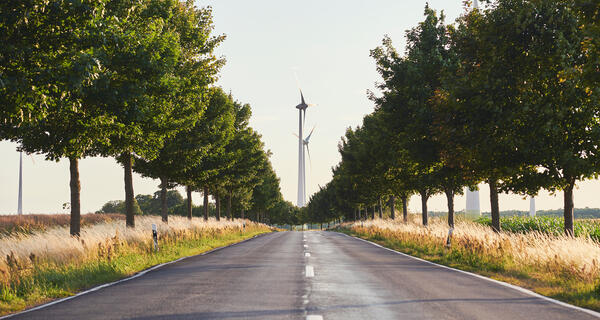When I decided to focus my studies on energy economics and modelling almost 25 years ago, obviously, many things were quite different than they are today. And I am not even talking about the Covid-19 pandemic. An important milestone back then was the Kyoto Protocol, which perhaps fell short in terms of concrete and needed actions, but it definitely managed to carry the international momentum to work together against global warming.
Now, looking back at the past quarter of a century, we all know that global carbon emissions have continued to rise and have already changed the climate. In fact, the temperature rise since the 1980s has been so rapid that the official three-decade temperature averages can be thrown into the trash bin. In order to understand whether a specific winter during recent years was actually mild or normal, you need to compare the temperatures against the climate-trend-adjusted normal. Comparing against the official average for 1980-2010 would give you a biased result. Just take a look at the graph below to see my point.
From wind power scepticism to rapid expansion of renewables
But there is another crucial difference, at least in my perception, when comparing today’s situation to 25 years ago. And that difference is “the light at the end of the tunnel”. In 1997, the renewable electricity production within the EU27 countries, excluding hydropower, amounted to as low as 35 TWh. This mainly consisted of biofuels, as wind production was at 7 TWh and solar electricity production was basically at zero. Fossil fuel-based electricity production, on the other hand, amounted to 1300 TWh. Based on the common-sense judgment of a young student, the task of replacing fossil-fired power production with renewables not only seemed daunting – it felt unrealistic. And, of course, I was not the only one who felt that way. When I joined the industry a few years later, I recall encountering widespread scepticism towards the prospects of wind power becoming a serious source for electricity production.
Today, luckily, the situation is quite different. Wind, solar, and biofuels have all grown substantially and together account for more than 600 TWh of the EU’s power generation. Considering the long lead times and perhaps somewhat stiff image that is sometimes attributed to the power sector, the expansion of renewables has been so rapid that it lures one into thinking that power sector decarbonisation is all but a done deal. However, there is reason to be cautious about such a conclusion.
Ever since ambitious renewables and climate targets have been discussed, there has always been the question of system stability and system integration. In other words, where do we get the electricity when the wind is not blowing, or how to finance the new investments when so-called cannibalisation starts destroying the business case? Obviously, this has not prevented the renewables boom so far, but it is becoming evident that the acid test for renewables is still ahead of us.
